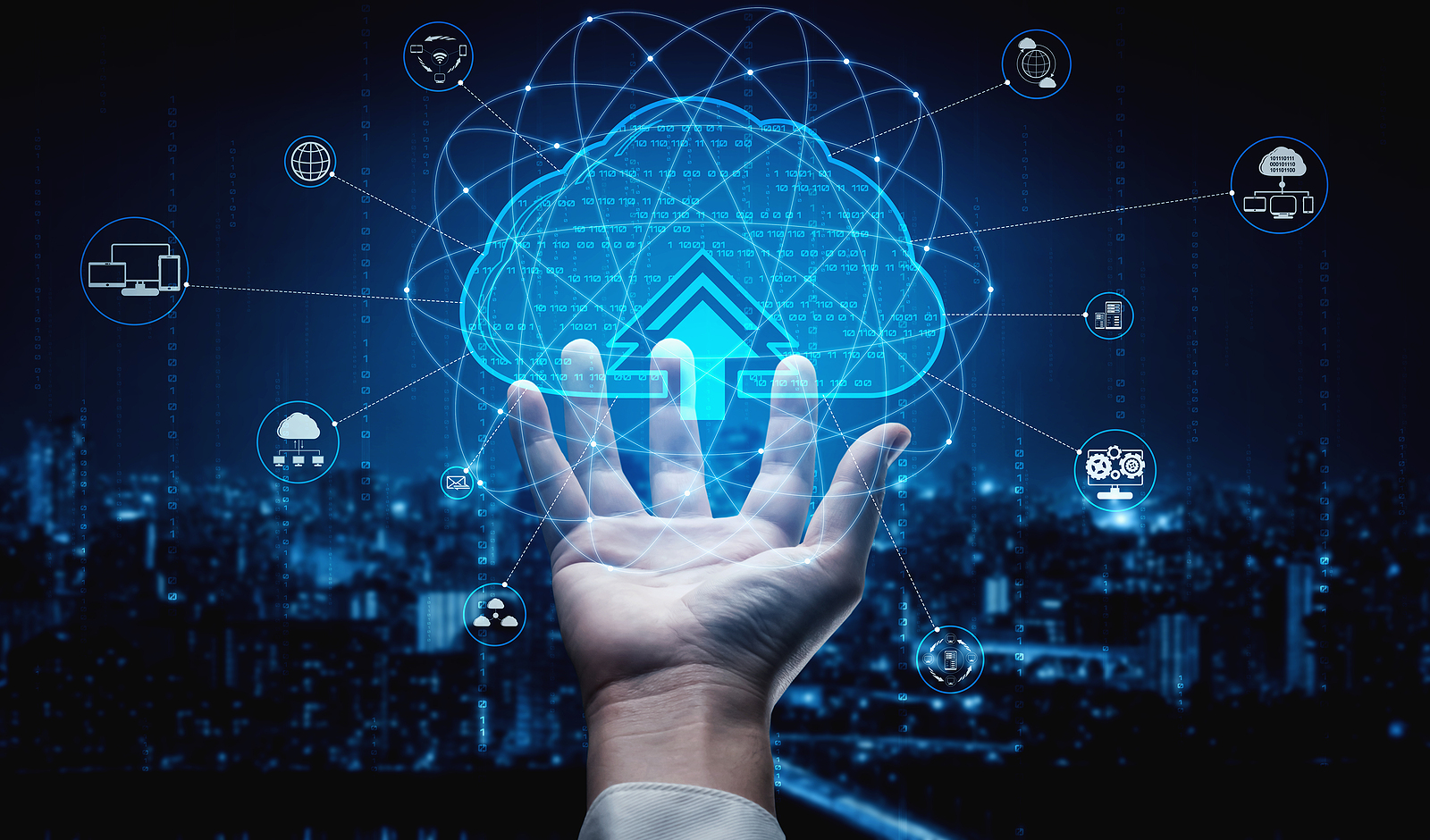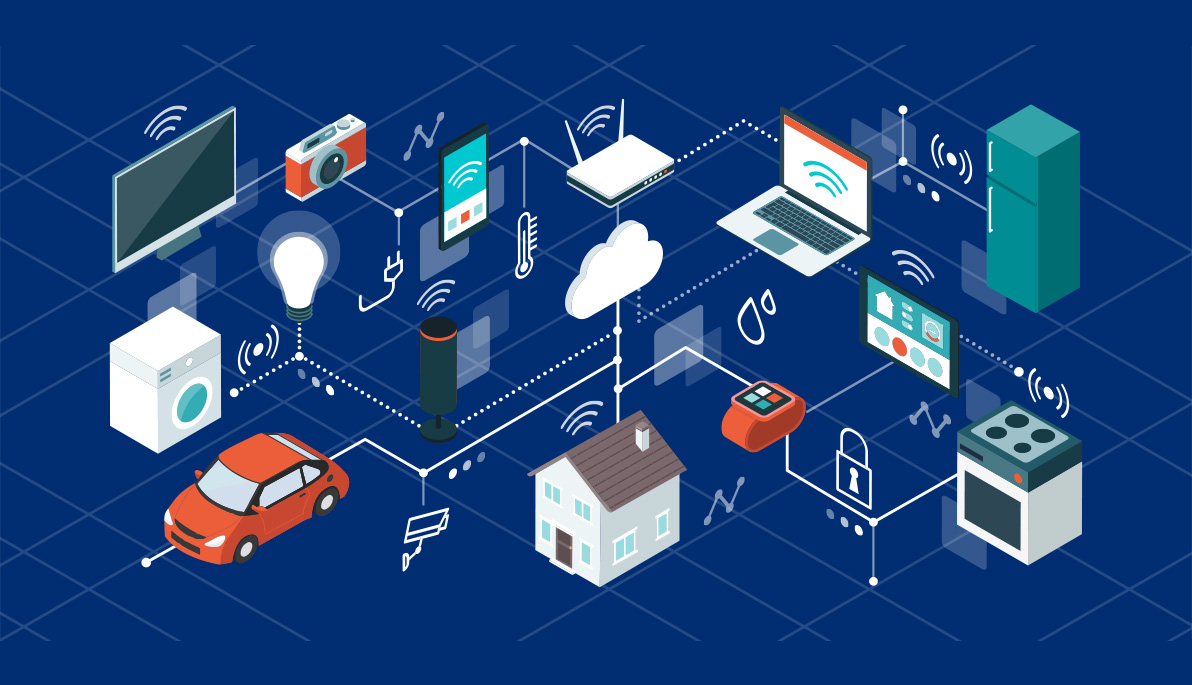

There are many risks that follow when collecting and storing data. For example a storage security risk that arises is targeting storage systems and framework. These targets go after vulnerable storage mediums and could result in a successful threat exploitation. Some main risks with data storage security and framework include malware attacks, data breaches and leaks, misconfigurations, unauthorized access, insider threats and legal liability due to regulatory non-compliance. But it can also lead to data corruption, modification or destruction. These risks could lead to serious consequences such as penalties for regulatory violations. Nevertheless the most important concern with storage systems and digital infrastructure are data breaches, corruption/loss, or temporary or permanent unavailability,and failure to follow proper legal or parliamentary requirements.
A severe privacy risk in data collection and storage above include data breaches. Data breaches can affect anyone and can range from a variety of personal information such as financial data and intellectual property. Data breaches are extremely dangerous with its potential outcomes. They can lead to severe financial losses, legal consequences and damage to reputation. But if these breaches happen to organizations this could lead to customer and partner loss due to the lack of trust as recovery from a breach can be lengthy and costly. Data breaches affect a lot more than just the individuals, but also can affect an entire society. Society effects would include invasion of privacy, an effect on free speech, and impacts on economic growth and innovations.
Some ways that companies prevent these risks include the use of data access controls, encryption, anonymization , and data loss prevention. The data access controls only allow access to predefined users as encryption uses symmetric and asymmetric encryptions to prevent unauthorized access. Anonymization helps remove and encrypt sensitive data by data masking, pseudonymization, generalization, perturbation, swapping, and synthetic data generation. Lastly organizations use data loss prevention by preventing data leaks by monitoring data storage, transfer, and usage.
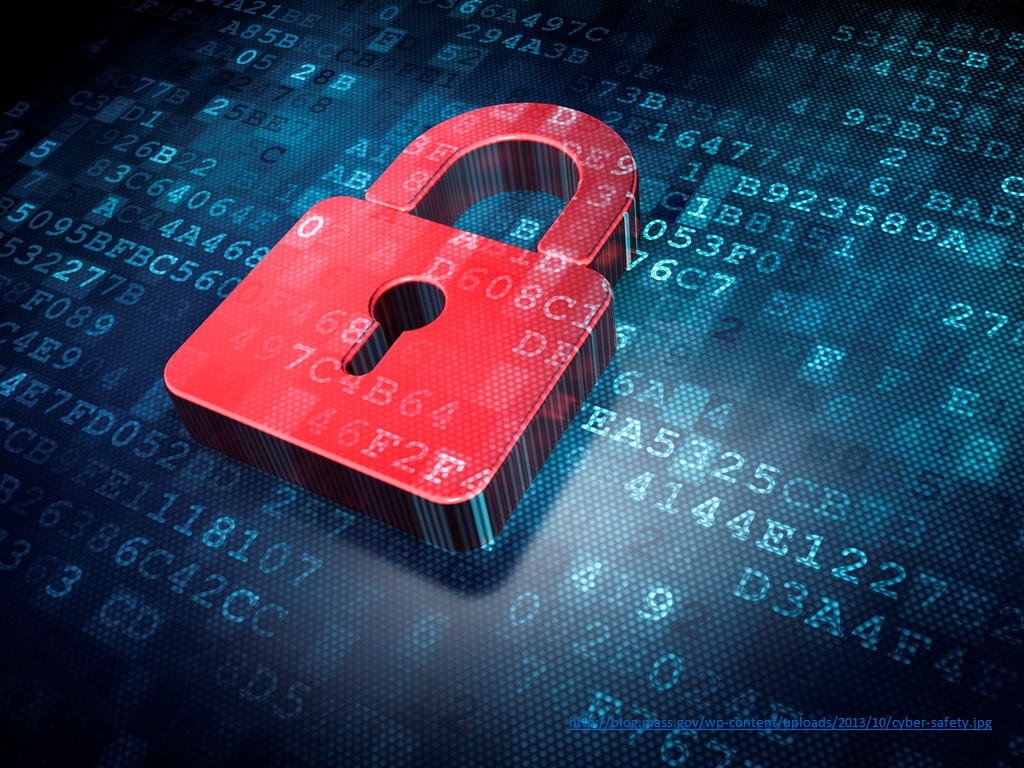
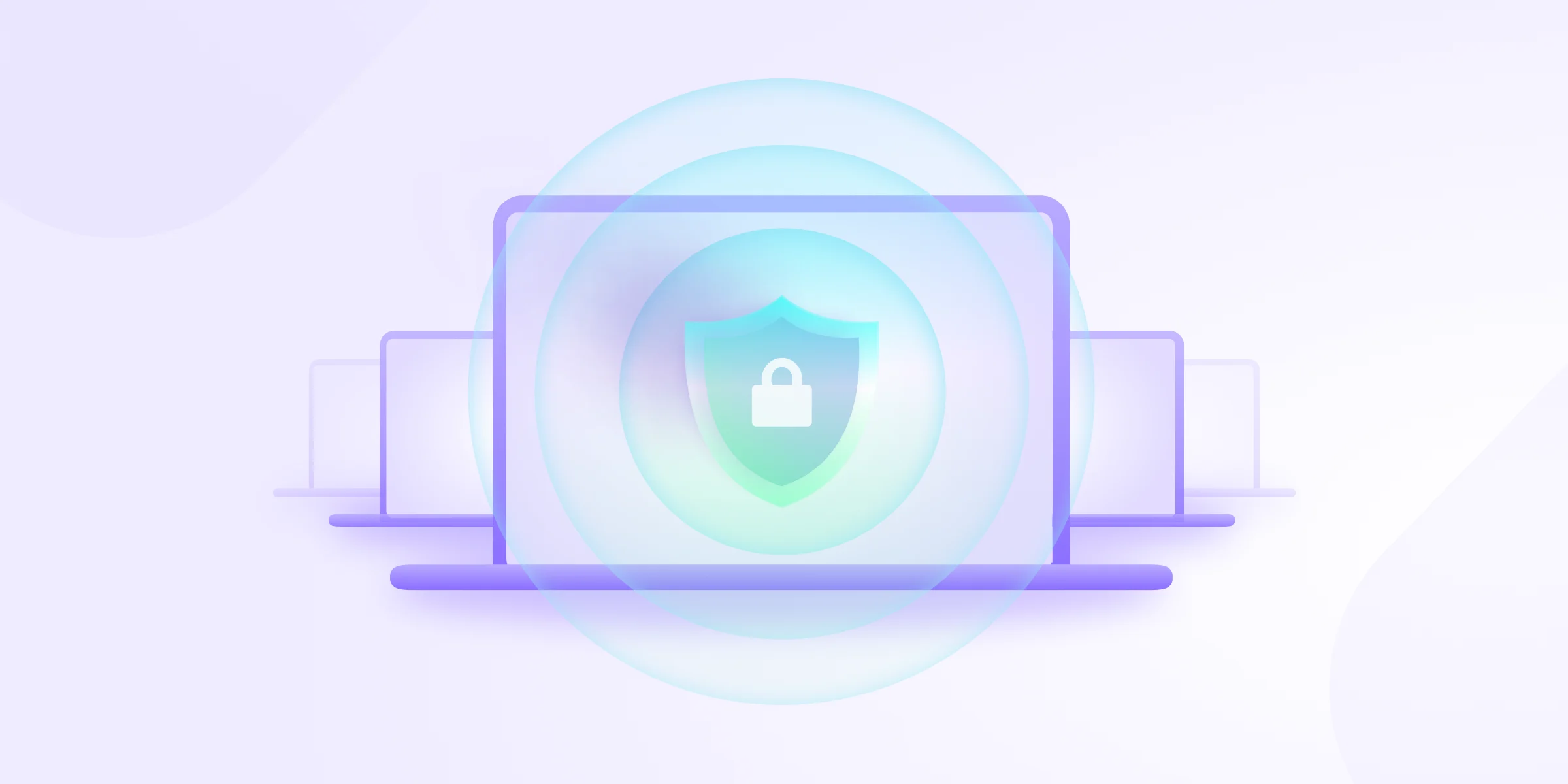
Common ways computing resources can be misused is through hacking, spyware, fraud, and identity theft. Phishing is also among the very common ways people gain unauthorized personal information. This misuse can lead to invasion of privacy and collection of personal data.
Hacking is simply gaining unauthorized access to a computer or data. This can be done by password guessing, software exploits, or spyware. Spyware is simply what it sounds and is when softwares is secretly installed to monitor the computer’s activity. Phishing is when fraudulent emails or messages trick people into providing personal information. This evidently could lead to identity theft, blackmail, or financial fraud. The computer and the internet can both be used to trick someone, entire companies, or governments to commit fraud. Lastly, this misuse could lead to stealing personal or financial information for fraudulent purposes that could impact employment, legal status, and credit scores. Identity theft is also usually connected to other misuses such as hacking, spyware, and phishing. Ways to prevent these instances include regularly checking security reviews, responding to security threats, controlling data access, sharing data securely, being cautious of information disclosure, and being aware of phishing. These can help present the misuse of computer resources.
Phishing is one of the most common ways for malicious people to misuse computer resources. Phishing is referred to as an attempt to steal personal or sensitive information, usually in the form of username, passwords, credit card numbers, bank details, or other important sources of information. Usually this data is stolen for other purposes such as to use maliciously or even to sell. Phishing is carried out by masking itself as a trustworthy source luring innocent victims to trick them. Common types are called on-path attacks and cross-site scripting attacks. An on-path attack is when an attacker puts themselves between two devices and intercepts or modifies communication between the two. Cross-site scripting is a hack where an attacker attaches a code onto a legitimate website that will execute when the victim runs the website. These typically appear in emails or instant messages as the appear harmless.
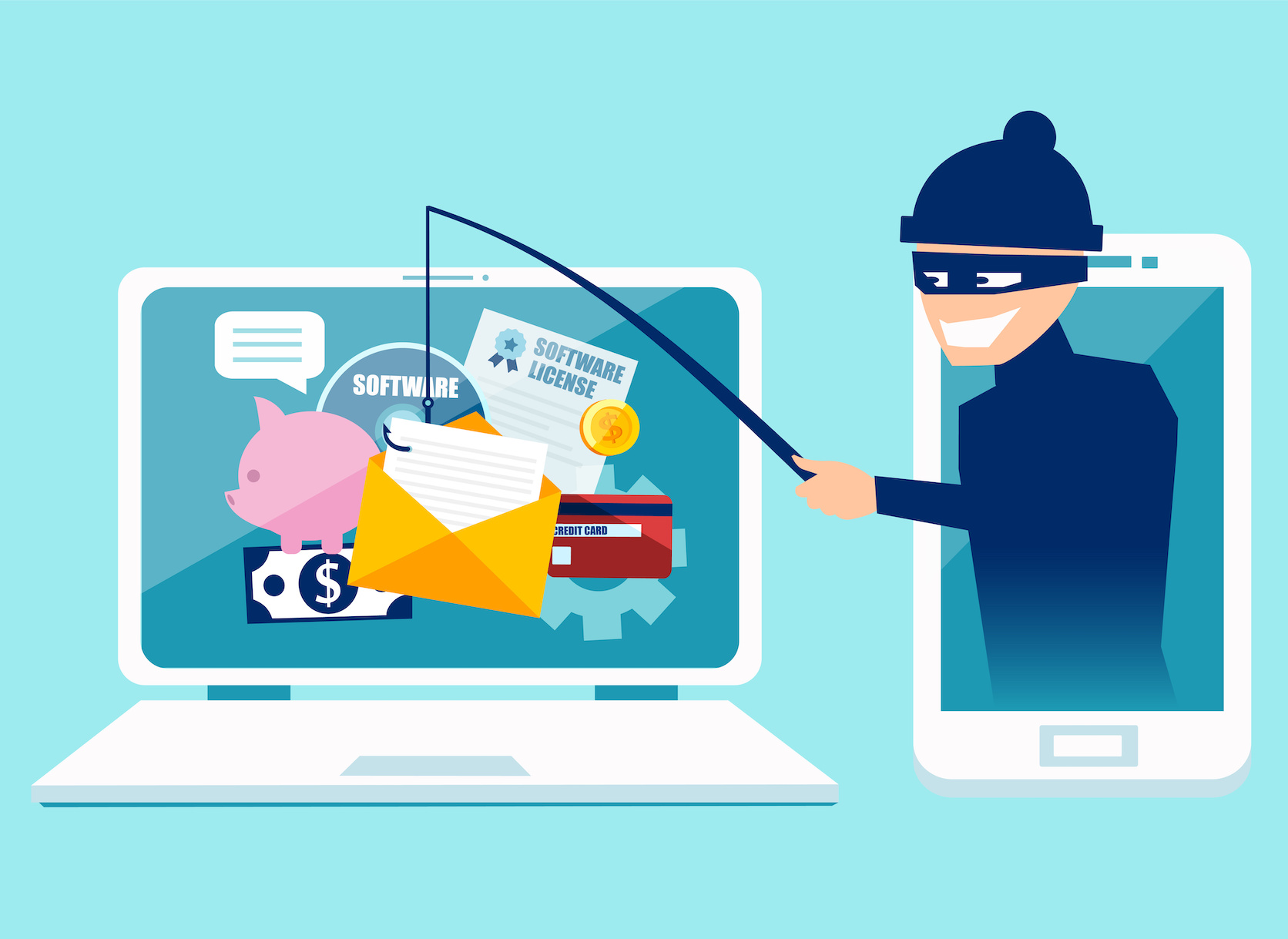
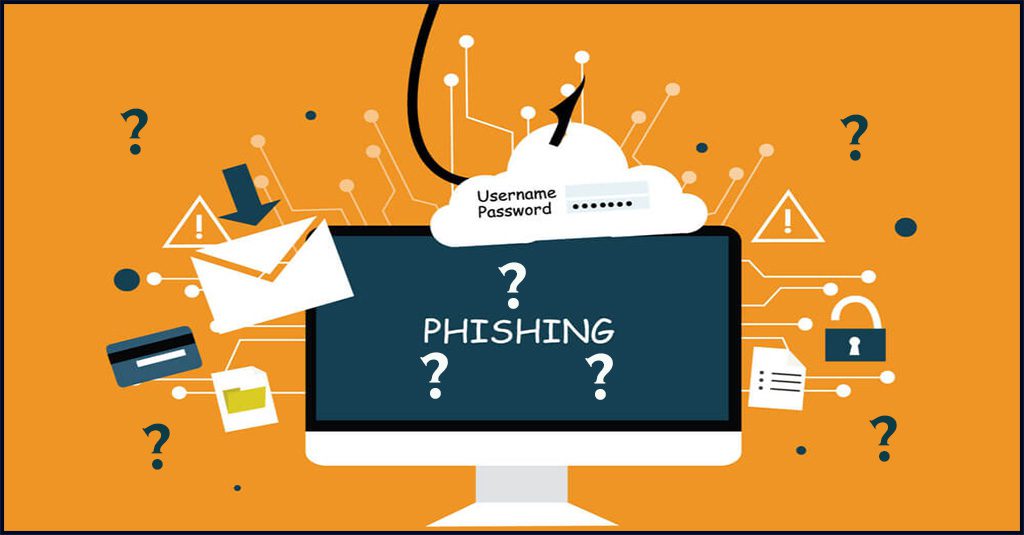
Technology is rapidly evolving with the addition of innovations. Thanks to these innovations they are able to benefit people. Computing innovations are currently being used to improve communication, education, healthh, jobs, and busineses. But these innovations can also cause and be malicious, leading to a divide of advantages and disadvantages.
Computing innovations include many advantages to its use. Such as increasing production. Technology continues to increase its effectiveness by helping businesses across many industries. These innovations can help save lots of time as businesses using the latest tools and technologies can get a competitive advantage within the market. These innovations also lead to easy access at an arm's reach. Technology helps us access several activities and services without us leading our home. Such as shopping, searching for a job, or ordering food. Searching for jobs becomes easier as more job opportunities have been created through these innovations. The further development of technology has opened the door to a big number. When you usually think of the innovations of computing many often do think of communication. These innovations helped better communication by making getting in touch with family and friends a lot easier. People can now communicate across the world and create environments where someone can better understand different cultures. Lastly, innovations in computing have led to different learning methods. Through the innovations of technology and implementation in schools, classrooms can give students the opportunity to explore and access different ways of effective learning. Some students may learn better in a lecture environment as others learn better with educational softwares.As there is light there is dark, which includes disadvantages in computing innovations. For example it can cause a social divide. Implementing technology is costly and being up-to-date with the most recent innovations is almost impossible for everyone. The divide is between those who can afford these new technologies and those who cannot. Although these innovations can make people productive, they can also make people more lazy. Technology makes things easy for people, resulting in them forgetting old-fashioned or even traditional ways of doing things. When people need information they have the internet to search for information, along with people spending extended amounts of time on the internet. Extended use on the internet can lead to inactivity but also be used as a distraction. Using them in the classroom can affect learning by distracting them with social media, games, browsing, and so much more. They can also take away from conversations with friends as people are too focused on their digital world. Lastly, these innovations can become a threat to our privacy. It is important for sensitive information to be safe, so many apps use tools to enforce privacy measures. But sometimes that is not enough as hackers gain access to this information creating a privacy risk.
